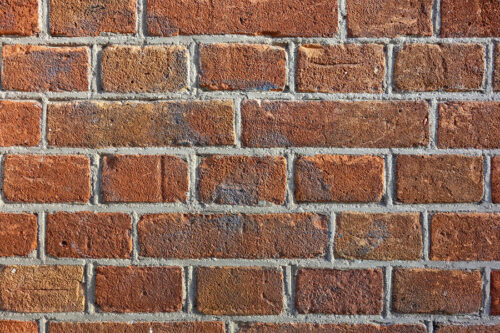CALCULATION OF BRICKS IN A WALL
Calculation of Bricks in a Wall
Brickwork is a fundamental element of construction, forming the basic structure of many buildings. Properly calculating the number of bricks required for a wall is essential to ensure accurate material procurement and budgeting. In this article, we will guide you through the process of calculating bricks in a wall, taking into consideration various factors that influence the final count.
1. Understanding Brick Sizes and Types
Before delving into the calculation process, it’s crucial to understand the various types and sizes of bricks available. Bricks come in different dimensions, including length, width, and height. Common brick sizes include standard, modular, and jumbo bricks. The choice of brick size affects the overall aesthetics and structural integrity of the wall.
2. Measure the Wall Dimensions
To begin the calculation, measure the dimensions of the wall accurately. Measure both the height and the length of the wall. Be sure to measure any openings, such as windows and doors, as these will affect the overall brick count. Note down these measurements in either feet or meters, depending on your preference.
3. Calculate the Wall Area
To calculate the wall’s surface area, multiply the wall’s height by its length. This will give you the total square footage or square meters of the wall’s surface. For walls with openings, subtract the area of these openings from the total wall area.
4. Determine Mortar Thickness
Bricks are typically laid with mortar joints between them. The thickness of these mortar joints is a critical factor in the calculation. Common mortar thickness ranges from 10mm to 12mm. Calculate the mortar area by multiplying the wall area by the chosen mortar thickness.
5. Calculate the Effective Wall Area
To find the effective wall area that will be covered by bricks, subtract the mortar area from the total wall area. This will give you a more accurate estimation of the space where bricks will be placed.
6. Calculate Bricks per Square Foot/Meter
Now that you have the effective wall area, you can determine the number of bricks required per square foot or square meter. Divide the effective wall area by the area of a single brick (including mortar). This calculation will provide you with an initial estimate of the number of bricks needed.
7. Accounting for Wastage
It’s essential to consider potential wastage when calculating bricks. Wastage can occur due to breakage, incorrect cuts, and other unforeseen factors. It’s recommended to add a wastage factor of around 5-10% to your initial brick count to account for these losses.
8. Adjust for Half Bricks
In many cases, half bricks are used at the ends of walls or to achieve a staggered pattern. If you plan to use half bricks, adjust your calculation accordingly. The number of half bricks needed can be calculated by dividing the length of the wall by the length of a half brick.
9. Finalize the Calculation
To finalize the brick calculation, sum up the total number of whole bricks required (including wastage) and the total number of half bricks. This will provide you with a comprehensive count of the bricks needed to complete the wall.
10. Consult a Professional
While these steps provide a general guideline for brick calculation, it’s always recommended to consult with a construction professional or an architect. Their expertise can ensure accurate calculations based on your specific project requirements, local building codes, and design considerations.
In conclusion, accurately calculating the number of bricks in a wall is crucial for a successful construction project. By following the steps outlined in this article and seeking expert advice when necessary, you can ensure that your brickwork is precise, cost-effective, and structurally sound.


